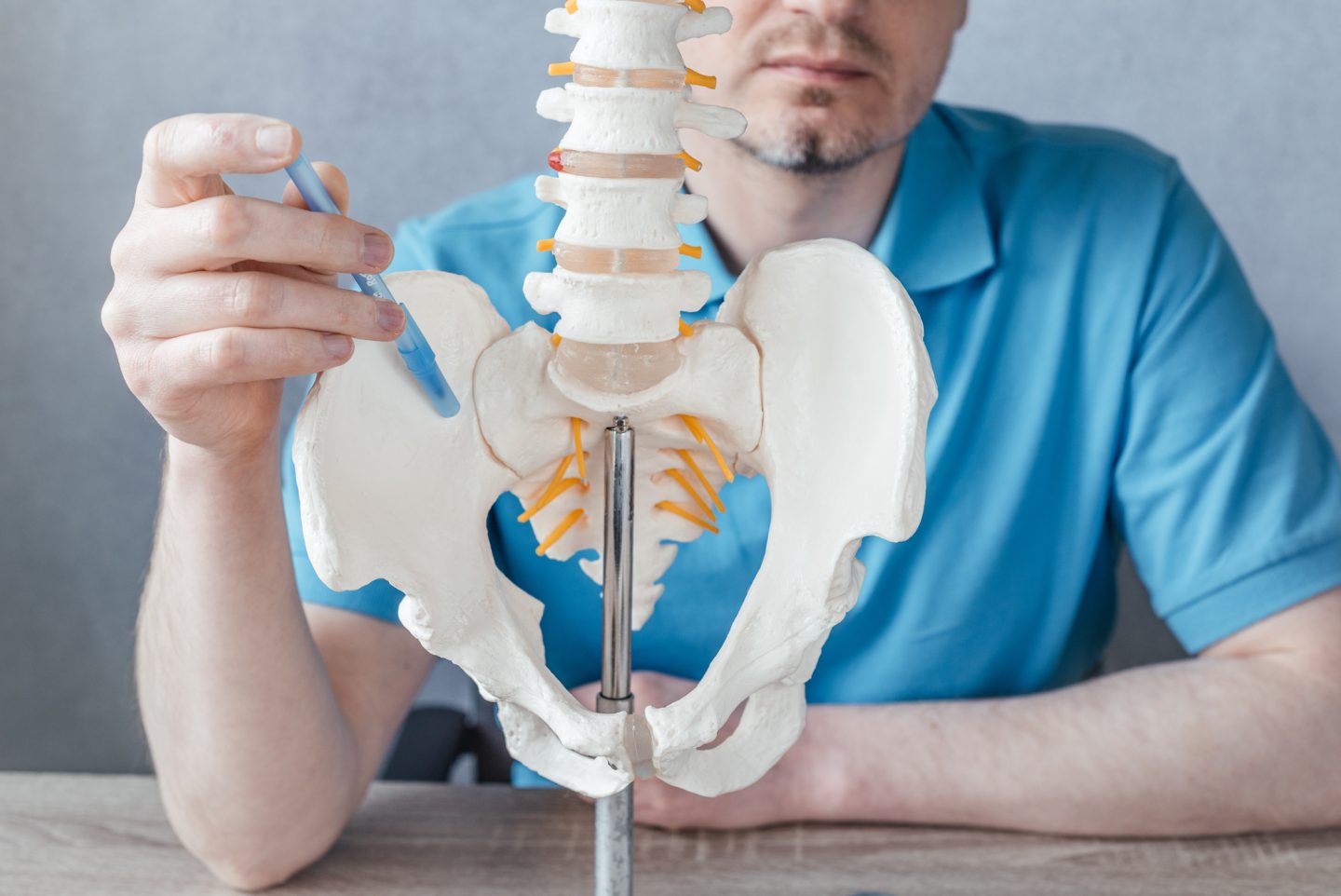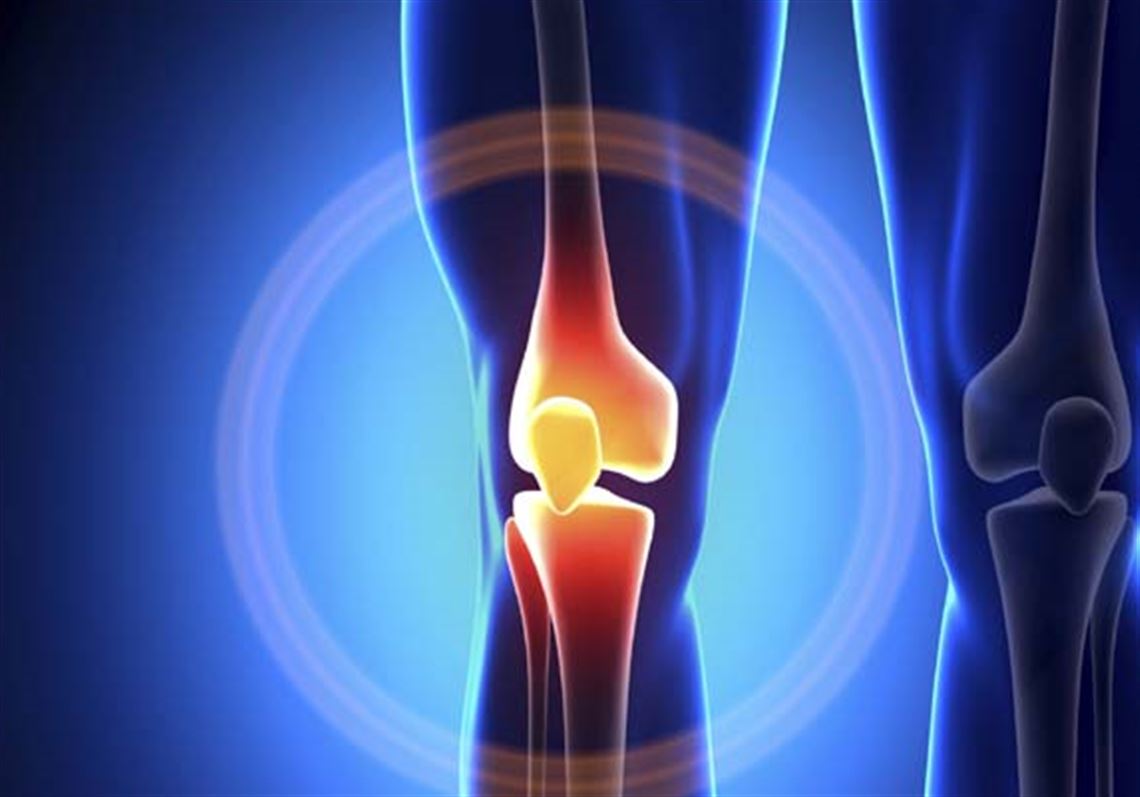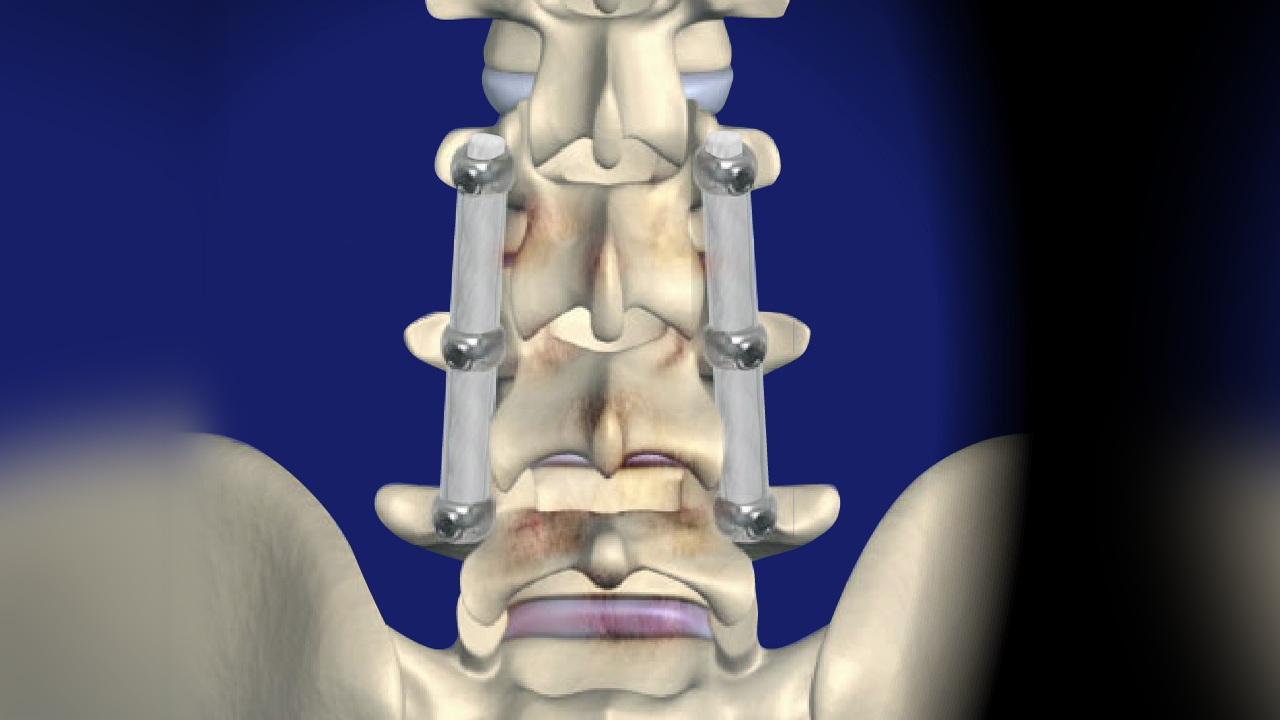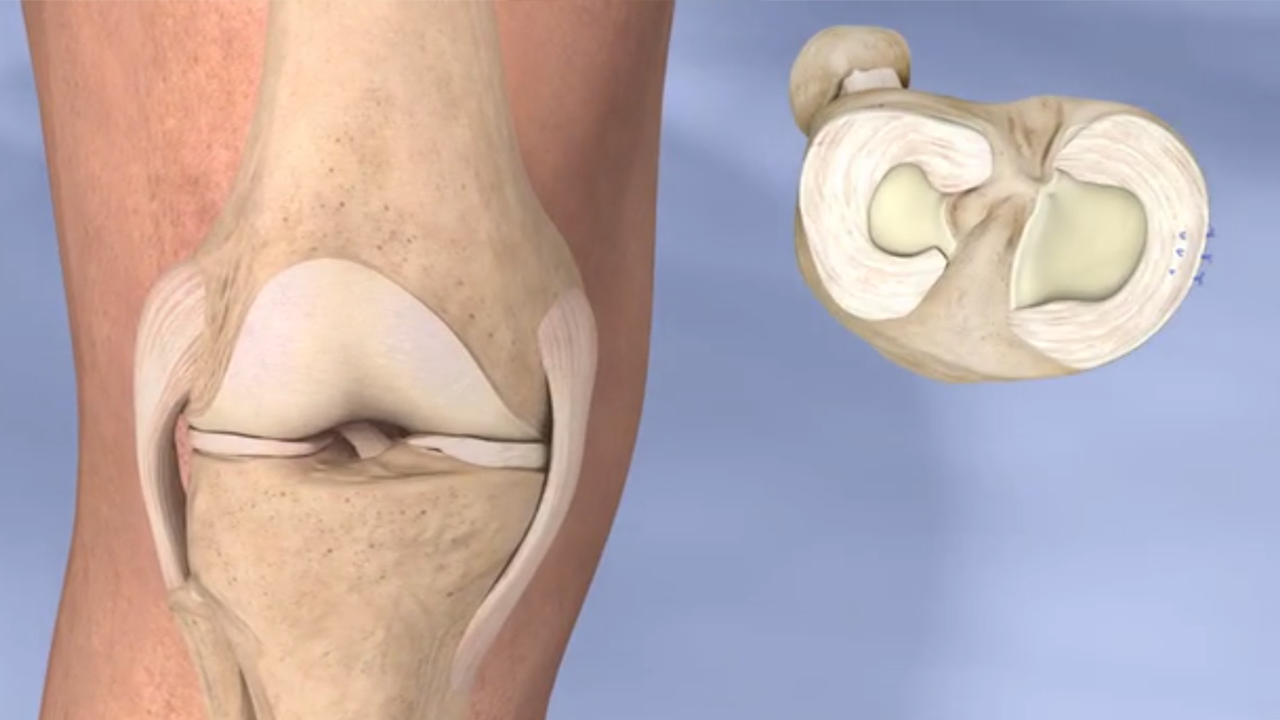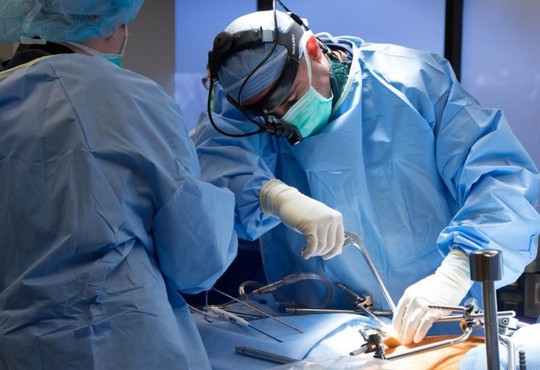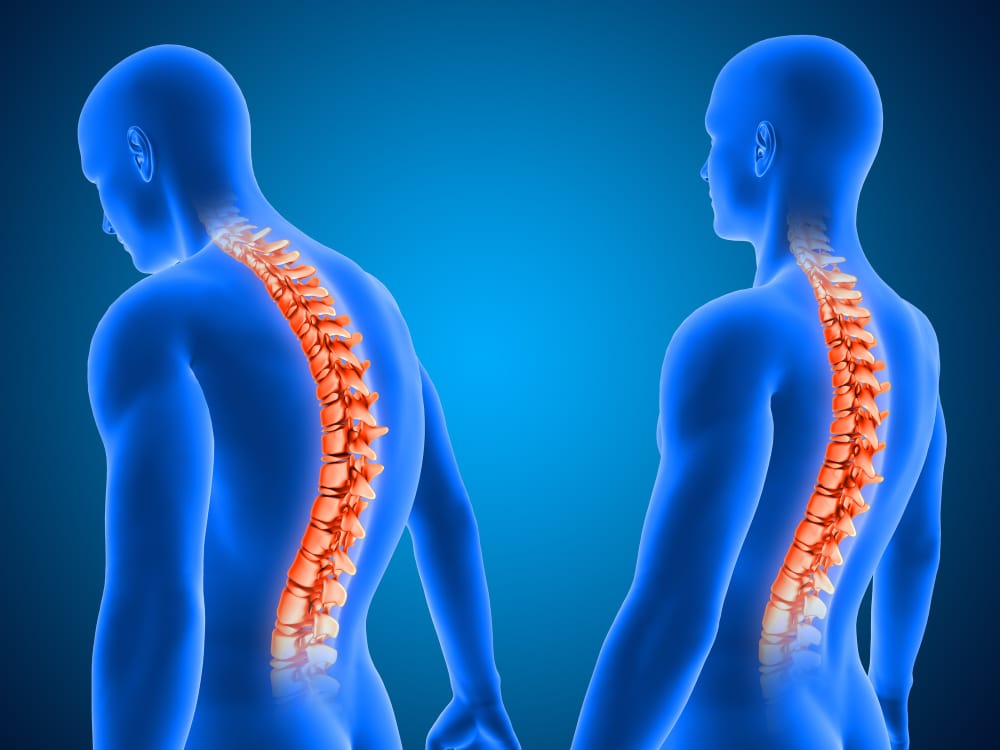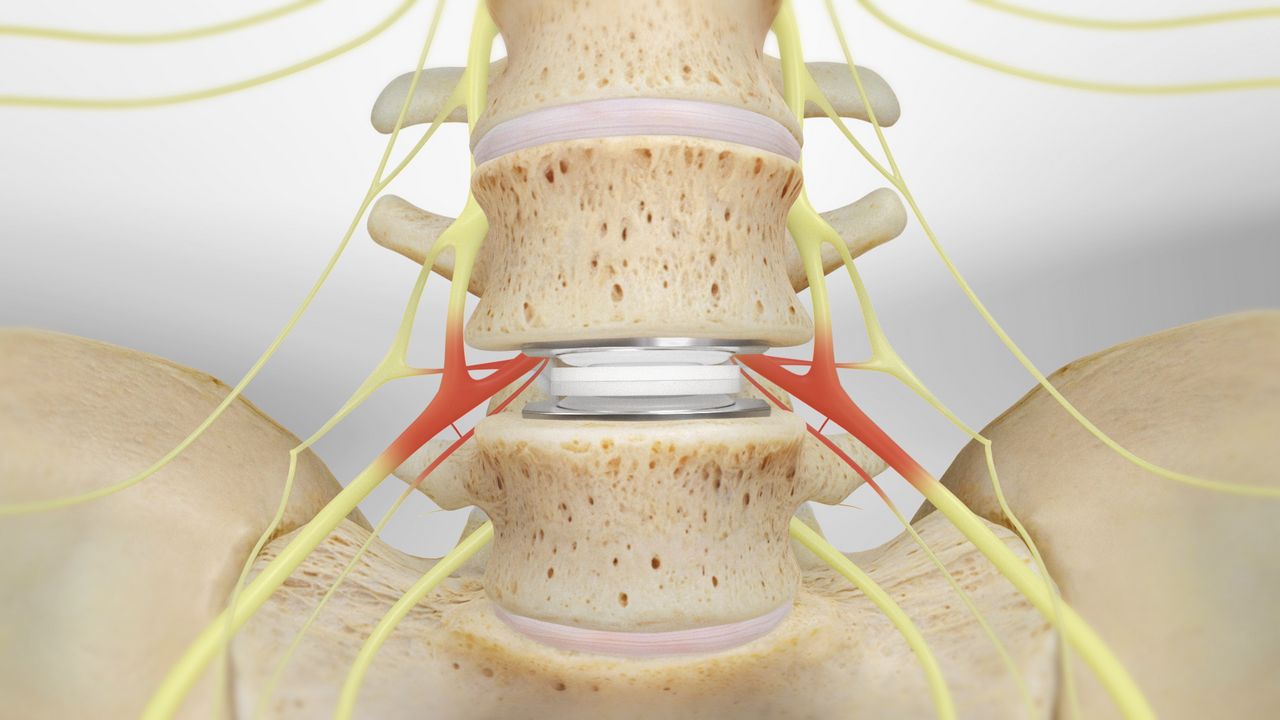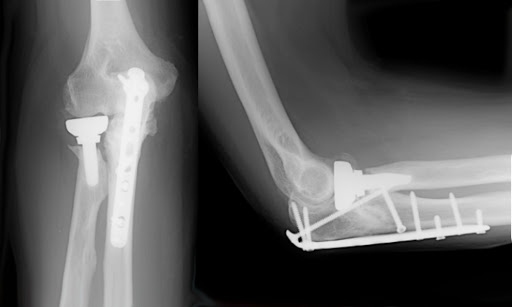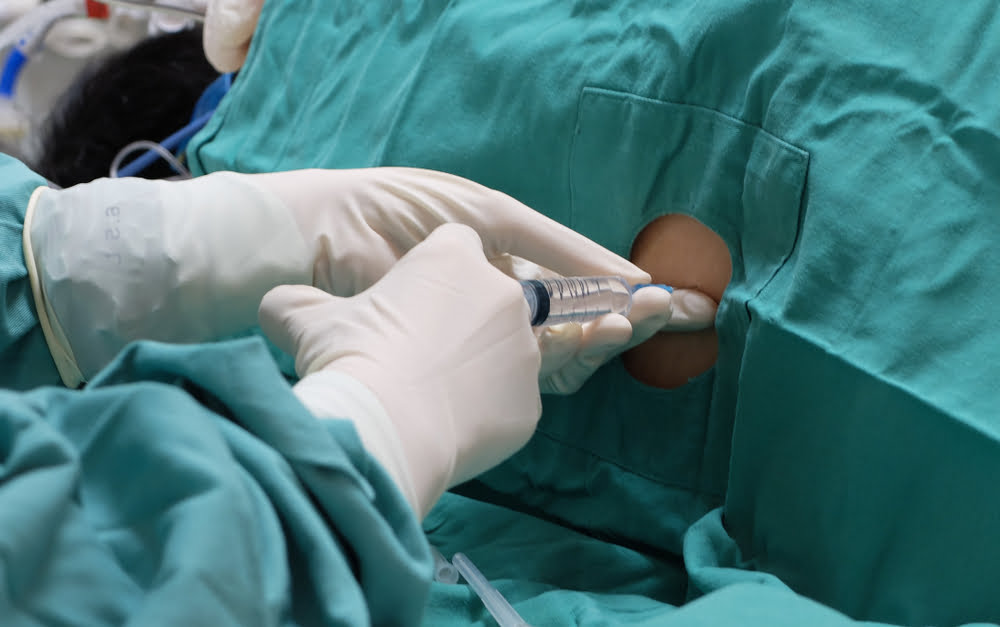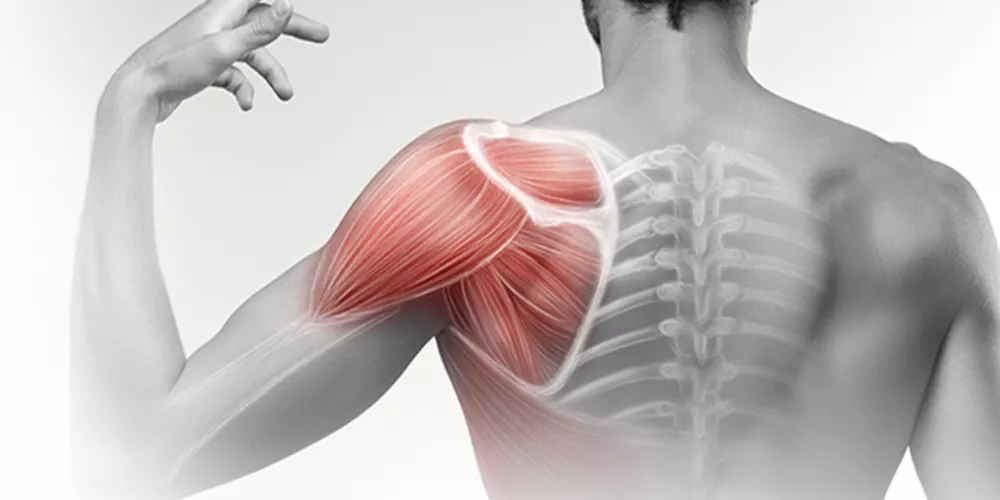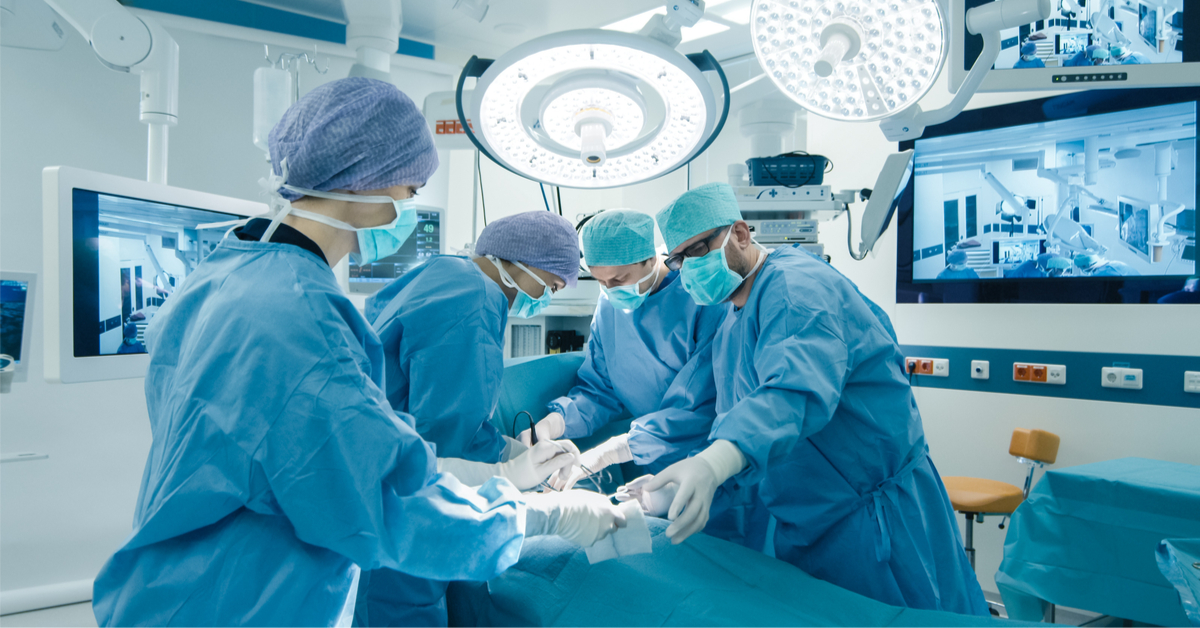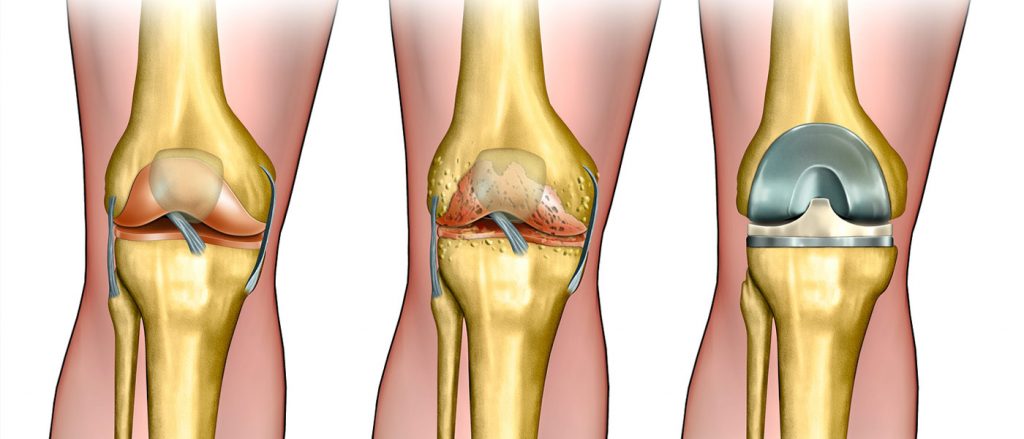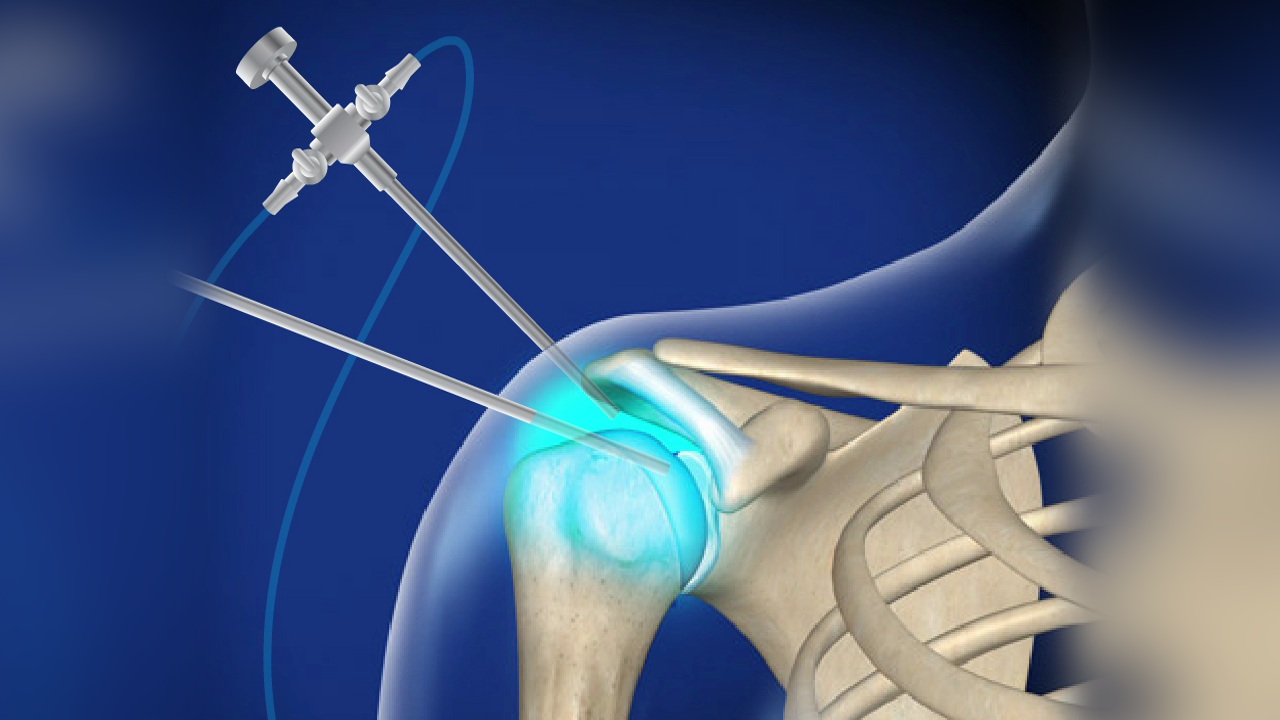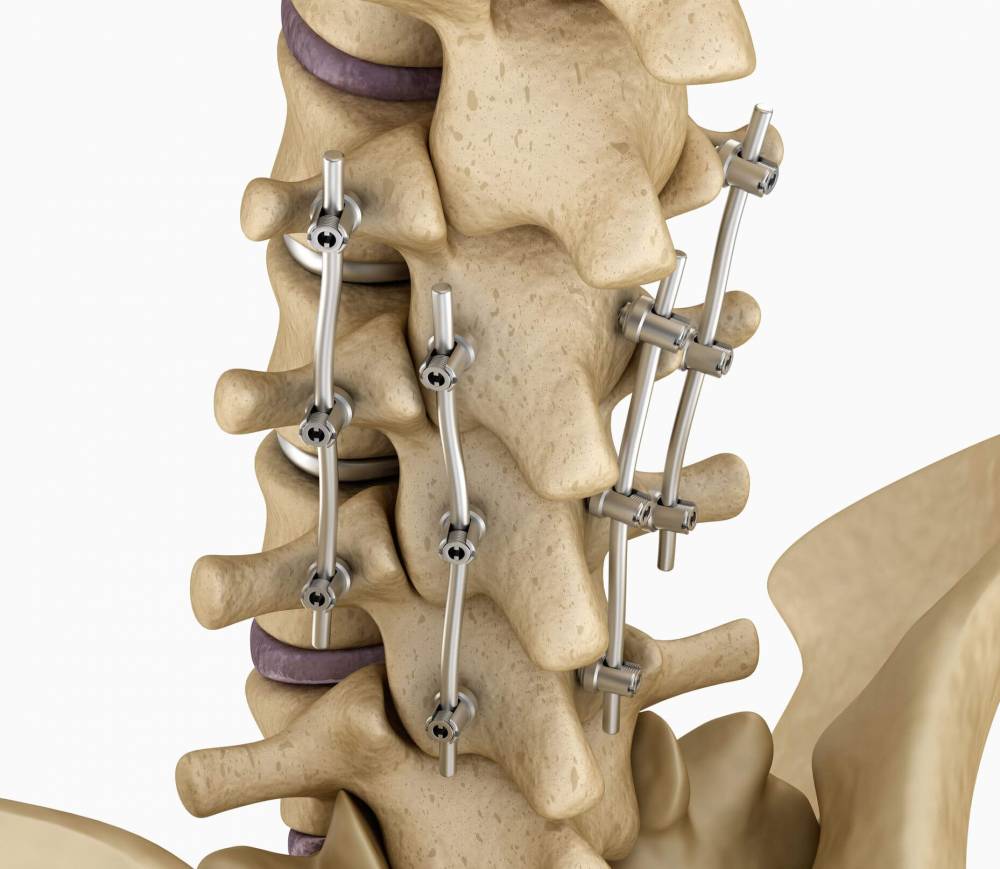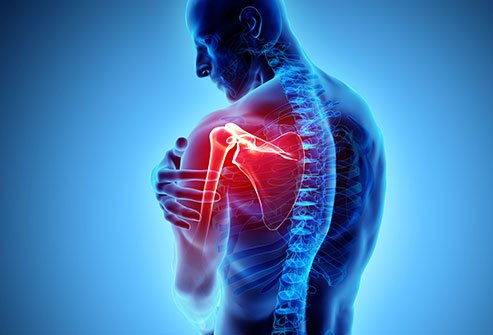Anterior Cruciate Ligament (ACL) Surgery
Anterior Cruciate Ligament (ACL) Surgery, The anterior cruciate ligament is one of the four major ligaments in the knee, playing a crucial role in the normal functioning of the knee. As a result, it enables individuals to move smoothly. However, the ACL can be injured, and there are various causes and treatment methods for such injuries. We will explore these aspects in more detail in the following article.
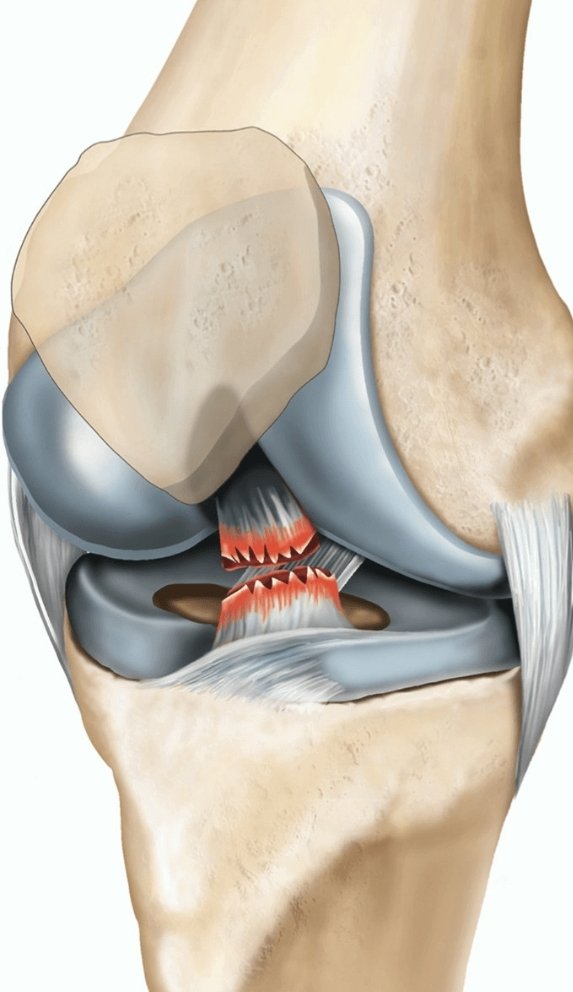
Anterior Cruciate Ligament (ACL) Surgery
“Experience freedom and comfort with ACL surgery, and carry out your daily activities without pain with the help of Dr. Amr Amal.”
What is the Anterior Cruciate Ligament (ACL)? The anterior cruciate ligament is one of the four ligaments located in the knee. Ligaments provide the necessary stability in the knee, connecting the thigh bone to the shin bone, and preventing any displacement from their original positions at the knee joint.
The ACL helps to facilitate movement in the knee, providing support and weight-bearing capacity. Additionally, it prevents bone displacement and maintains stability during knee rotation. Occasionally, the knee may slip or be involved in accidents, leading to injuries such as tearing or rupturing of the ACL. In either case, the ligament is affected, and knee stability is compromised during walking.
Diagnosing an individual after an ACL injury, whether it is the anterior or posterior ligament, aids in providing appropriate treatments and consequently faster recovery. Due to the varying degrees of ACL injuries, there are different treatment methods, ranging from surgical to non-surgical options.
Anterior cruciate ligament surgery or posterior cruciate ligament surgery may be necessary in certain cases, such as sports injuries, injuries in young individuals, grade three injuries, or if the patient has had a previous knee injury. In all these cases, surgical treatment is often the better option compared to other treatment methods.
Types of ACL Injuries
The ACL can be injured for various reasons, leading to difficulties in walking and knee bending, and in some cases, severe pain during movement. There are generally three grades of ACL injuries:
Grade I: There may be a strong stretch in the ligament, followed by relaxation, causing some instability, but the ligament is still able to function. Grade II: A more severe injury occurs, leading to a partial tear of the ligament, making it looser, also known as a partial tear. Grade III: This is the most severe form of ACL injury, resulting in a complete tear of the ligament, also known as a full tear, which may render the individual unable to move or control the knee.
Causes of Anterior Cruciate Ligament (ACL) Injuries
There are several reasons why someone may sustain an injury to the Anterior Cruciate Ligament (ACL), subsequently affecting the overall functionality of the knee. The causes may include:
- A strong direct fall onto the knee.
- A severe blow to the knee, as often seen in football players.
- Overexerting pressure on the knee.
- Landing and colliding while jumping.
It is crucial to consult a doctor immediately in order to accurately diagnose the injury, understand the symptoms and the current state of the knee. This ensures better treatment and a quicker recovery.
Symptoms of an ACL Tear
The following symptoms can help identify an ACL tear or rupture:
- Severe knee pain persisting for more than 24 hours.
- Significant swelling of the knee accompanied by pain.
- Inability to move the knee.
- Difficulty in bending the knee.
- Lack of balance when moving the knee joint.
- Hearing a tearing sound in the knee.
Typically, the treating physician may request MRI scans to better understand the extent of the injury to the ACL and the overall damage to the knee, leading to more accurate diagnosis.
Living with an ACL Tear
“Regain knee stability and overcome injuries and tears with the ACL repair surgery offered by Dr. Amr Amal.”
In some cases, individuals can manage an ACL injury, especially if it’s a Grade 1 injury, meaning there is no complete tear of the ligament. In such cases, the individual may experience knee pain but it might not directly impact walking. Thus, non-surgical treatments may suffice for recovery.
Is ACL Surgery Necessary?
Dr. Amr Amal, an Orthopedic and Joint Surgery Consultant at Ain Shams University, explains that if an individual experiences an ACL tear within the knee joint, the first line of treatment would typically be medications and braces, monitored by the treating physician for any improvement, all while ensuring the patient’s comfort and reducing pressure on the knee. However, if a complete tear of the ACL occurs, undergoing ACL surgery becomes necessary.
Non-Surgical Treatment Methods for the Cruciate Ligament
If an individual sustains a cruciate ligament injury, the doctor begins the necessary diagnostic procedures that help determine the degree of injury and the extent of damage to the knee, and thus the doctor starts to identify the most appropriate treatment methods that suit the condition.
Here are some of the treatment methods for the cruciate ligament:
- Using braces that help stabilize the knee until the tear heals.
- Reducing the weight placed on the knee.
- Utilizing physical therapy, which works on strengthening the muscles and improving the condition of the injury.
- Engaging in physical exercises, as they play an important role in maintaining the balance of the knee joint and providing strength to the muscles to bear the weight placed on the knee.
Arthroscopic Cruciate Ligament Surgery
Currently, modern methods are used in treating the cruciate ligament at Dr. Amr Amal’s clinics. One of the best methods for performing this type of surgery is arthroscopy, which relies on minimal intervention, thus minimizing damage to the tissues in the knee during the operation.
There are two types of arthroscopic cruciate ligament surgeries, aiming to repair or reconstruct the ligament, depending on the patient’s condition and the extent of damage following the injury in the joint. Here is more information about the types of cruciate ligament surgeries:
- Cruciate Ligament Repair Surgery: The cruciate ligament can be repaired if the bones are in good condition and there is no fracture, so the surgeon ties the torn ligament to the bones, providing knee stability. Sometimes, the doctor may repair and suture the tear to restore the patient’s ability to move again.
- Cruciate Ligament Reconstruction Surgery: In some cases, the treating doctor may prefer to perform surgery to graft a new ligament into the knee due to the complications resulting from the torn ligament. This can be taken from the patellar tendon or the hamstring tendons.
Duration of Arthroscopic Cruciate Ligament Surgery
“Discover the best clinic for arthroscopic cruciate ligament surgery with Dr. Amr Amal. We provide effective and advanced solutions for the problem of a torn cruciate ligament safely and confidently.”
The arthroscopic cruciate ligament surgery takes 60 to 120 minutes to perform, along with some preparatory steps usually taken before the surgery. It is essential to follow the instructions provided by the treating doctor after the operation to prevent post-surgical risks for the patient.
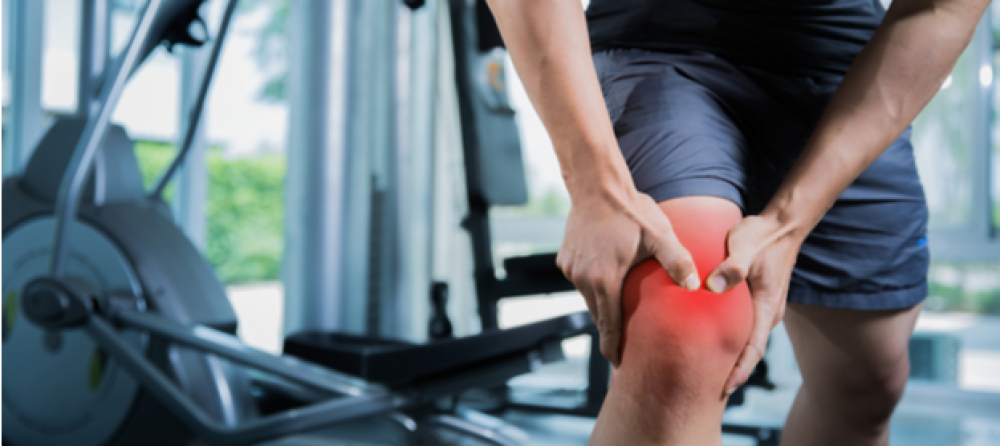
Preparation Before Anterior Cruciate Ligament (ACL) Surgery
There should be some medical procedures outlined by the medical team at the hospital, primarily aimed at preparing the injured person and getting the body ready for the surgery, making the injured person feel better as a result.
Here are some steps taken before ACL surgery:
Identifying the medications the patient regularly takes. Conducting necessary radiography to understand the damage in the knee and determine the appropriate type of surgery. Taking certain types of medications -usually antibiotics- to reduce the symptoms of the injury. The doctor may wait some time before the surgery to strengthen the thigh muscles and reduce the swelling resulting from the injury. Post-ACL Surgery
There are also procedures that need to be followed after undergoing ACL surgery, which help the injured person recover faster and reduce the risk of post-surgical complications. The instructions provided by the doctor after the surgery include the following:
Rehabilitation: This is one of the first steps taken care of by the medical team after the surgery to help the body start recovering. Taking sufficient rest: The patient must ensure they get enough rest without causing strain to the knee joint. Using ice packs: Swelling may appear after ACL surgery, so it’s important to use specific types of anti-inflammatory medications and ice to alleviate pain. Elevating the knee: It’s crucial to elevate the knee above the heart level as it prevents fluid accumulation around the knee, reducing swelling. Taking pain relievers: It’s important for the patient to take medications that alleviate pain, leading to a significant improvement in their condition. Post-ACL Surgery Rehabilitation
Rehabilitation of the knee after ACL surgery plays a significant role in determining the cost of the surgery and also helps the patient return to their daily activities normally. This is based on certain criteria which include:
Rehabilitation of the knee after ACL surgery is based on the patient’s activity level and age in order to restore mobility. Assessing athletes who play sports at a very high level, based on the extent of damage to the ligaments. Planning to perform certain exercises every week according to the patient’s condition, adhering to a specific schedule and protocol recommended by the doctor. How to Prepare the Patient Before ACL Surgery
In severe cases of ACL injury, such as a tear, the previously mentioned procedures may not be sufficient to treat the ligament and return the injured person to their normal activity. Therefore, the doctor may advise quick surgical intervention to prevent an increase in injury complications.
The procedures followed before ACL surgery are:
Conducting necessary medical examinations In the first stage, a comprehensive diagnosis of the patient’s condition is conducted using X-ray and MRI to clarify the state of the joint and the internal tissues of the knee. Blood tests are also important before undergoing surgery to determine if there are any other health issues such as inflammation in the body.
Knowing the patient’s medical history It is important for the treating doctor to be aware of the patient’s complete health status, be acquainted with the medications they are taking, and know about any other existing diseases such as high blood pressure or diabetes. Also, it is necessary to determine if the person has any issues with anesthesia.
Clarifying pre-operative instructions to the patient In this stage, the doctor explains the procedures the patient needs to follow directly before the surgery, including refraining from eating for at least 6 hours before the surgery and not drinking water 2 hours prior to the surgery. The doctor also emphasizes that personal hygiene is an important factor in reducing the risk of complications.
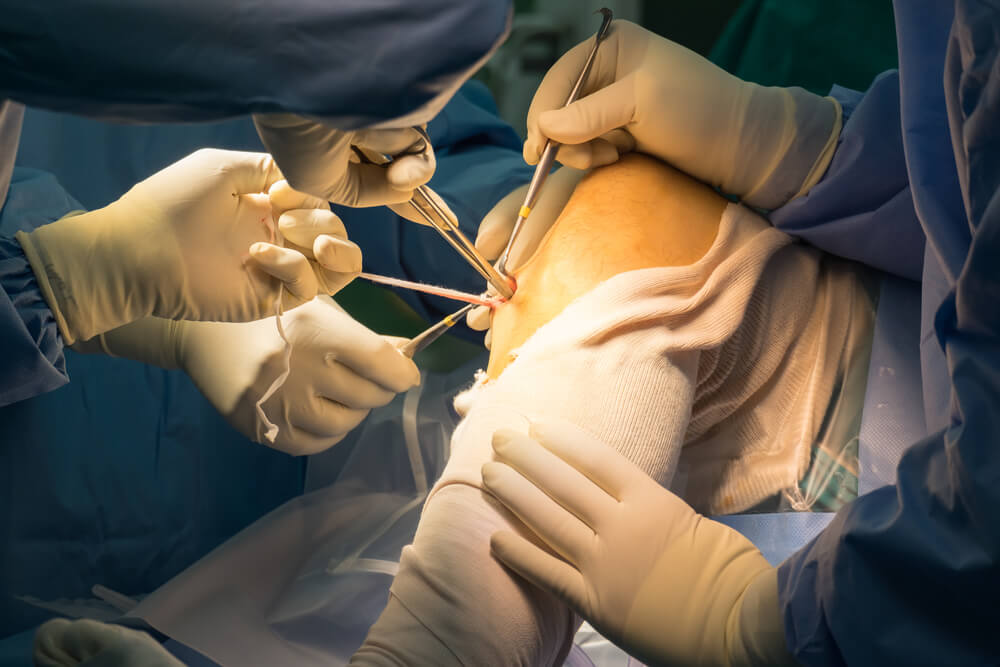
Conservative Treatment for the Anterior Cruciate Ligament (ACL)
This consists of several instructions provided by the specialist doctor to the patient. These include adhering to complete rest, avoiding full bending of the knee, and using ice packs to reduce swelling. Additionally, the individual can use supports and braces to avoid placing extra load on the knee. Get ready to resume your favorite sport after treating the ACL with the medical expert, Dr. Amr Amal.
Alternative Medicine Treatment for the ACL
Resorting to massage or Chinese herbs might play a role in accelerating recovery and minimizing any complications that could affect the joint or other tendons. We care about your comfort and safety, so schedule an appointment with Dr. Amr Amal to experience the amazing results of ACL treatment.
Physical Therapy for the ACL
Physical and psychological rehabilitation prior to ACL surgery is crucial, as it helps enhance the body’s response to treatment, strengthening muscles and tendons to ensure the knee does not bear more weight than necessary during the injury period.
There are several treatment options available for an ACL injury, depending on the doctor’s diagnosis and the degree of ligament tear. In first-degree ACL injuries, the doctor often relies on non-surgical procedures to help heal the tear and facilitate patient recovery.
Pre-surgery exercises for the ACL, which support the knee and help it function properly, must be performed under medical supervision to prevent any mistakes that could worsen the injury. The exercises include:
- Thigh Muscle Exercise: The patient lies on their back, slightly elevates using their elbows, squeezes the buttocks as much as possible, and holds this position for 6 seconds, repeating the exercise 8 to 12 times daily.
- Calf Raising Exercise: This is done by standing straight, supporting the hands on a low object like a chair, starting to lift the heels slightly while keeping the knee straight, holding for 6 seconds, and repeating the exercise 8 to 12 times.
- Quadriceps Muscle Exercise: The patient sits on the floor, bends the healthy leg, extends the injured leg, and begins to slowly contract the muscles above the knee downwards for 6 seconds, resting for 10 seconds, and repeating 8 to 12 times a day.
The Importance of Physical Therapy in Rehabilitating the Knee After ACL Surgery
Physical therapy plays a significant role in rehabilitating the patient both before and after undergoing ACL surgery, offering the following benefits:
- Assisting the knee in rehabilitation and regaining its mobility.
- Enabling the patient to return to their normal activity prior to the injury.
- Helping to alleviate knee pain and swelling.
- Facilitating the transition from walking with crutches to walking naturally without any assistance.
- Strengthening exercises help enhance the thigh and calf muscles.
- The patient might face difficulties in maintaining balance after ACL surgery, and physical therapy exercises assist in improving balance, strength, and the range of motion of the affected joint.
How long does physical therapy last after an ACL surgery?
Rehabilitation after an ACL surgery requires a significant amount of time, ranging from approximately 4 to 12 months. This duration depends on the patient’s health condition. Physical therapy can begin after the surgical procedure, following a pre-prepared rehabilitation program tailored for the patient.
How many physical therapy sessions are needed after an ACL surgery?
The duration of physical therapy after an ACL surgery can last several weeks or months, depending on the patient’s condition and their response to treatment. The physical therapist starts working with the patient from the first day after the surgery, and the number of therapy sessions per week can range from 5 to 6 sessions.
Physical therapy continues for a considerable duration until the patient is able to fully bend the knee, reaching approximately 110 degrees. It also aims to increase muscle strength, and the loading on the knee is gradually increased to prevent any setbacks for the patient and to avoid complications in the affected area.
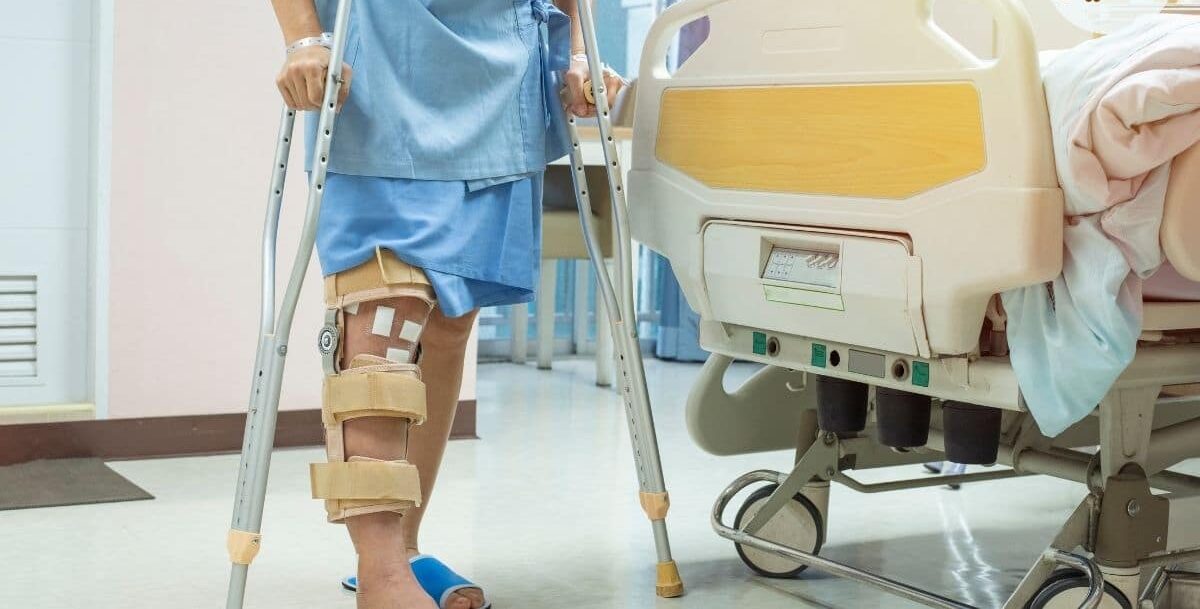
Is tearing the ACL painful?
The pain from ACL injuries varies in severity from a tear to a complete rupture. A complete ACL rupture is more severe, causing intense pain, and the patient may find it difficult to move or maintain balance. It is essential to consult a specialist doctor to start treatment and alleviate the pain resulting from the injury. With an ACL surgery, led by our expert Dr. Amr Amal, you can prepare for an active life.
When does a patient need to undergo ACL surgery?
The patient’s condition can be determined through diagnosis before any surgical procedures. Efforts should be made to improve the patient’s condition through various treatment methods. However, in some cases, surgical intervention may be necessary, particularly in the following situations:
Activity level of the patient: For athletes with an ACL injury, surgery might be the better solution to aid recovery and restore normal knee function. Presence of instability: In certain cases of ACL injuries, if the ligament does not heal properly or if there is a decrease in knee stability, surgery may be required.
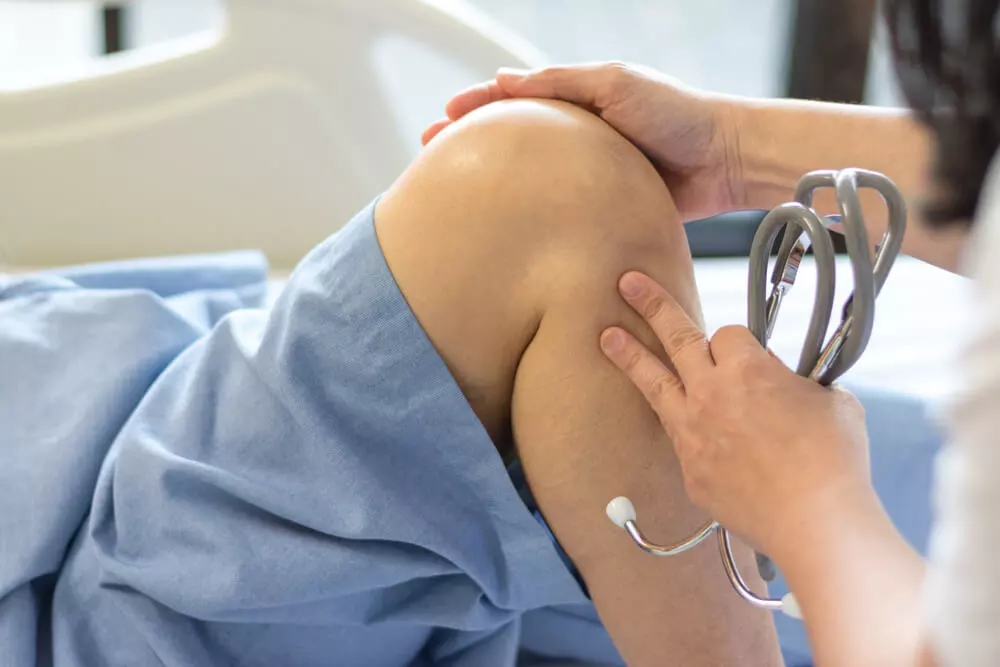
Cost of ACL Surgery
The price of an ACL surgery ranges between 30,000 to 50,000 Egyptian pounds. This variation is due to the impact of several factors on determining the final price, which include:
- The number of years the doctor has experience in this type of surgery, their skills and competence, and the academic degrees they hold.
- The cost of tools and techniques used in the procedure.
- The level of the hospital where the patient undergoes the surgical procedure and receives medical care.
Knee Bending After ACL Surgery
Knee bending can be somewhat difficult in the first few days after the ACL surgery. Therefore, assistive tools are used to help the patient bend the knee better, gradually progressing to removing supports and bending the knee without assistance.
What is the Proper Sleeping Position After ACL Surgery?
A patient who has undergone ACL surgery should sleep with their knee elevated, without bending it. They may also place a pillow under their leg to raise it as much as possible, especially in the days following the surgery. The patient can use supports and crutches to move around the house while performing some daily activities.
Walking After ACL Surgery
It may take some time, from 8 to 12 weeks, for the patient to regain their activity and return to normal activity. The person starts to feel an improvement in their health condition and returns to walking normally without the need for crutches.

Is ACL Surgery Dangerous?
Like all surgical procedures, ACL surgery carries the risk of some complications, including swelling, severe pain, or in some cases, infection. Therefore, the treating physician prescribes certain medications, including antibiotics, to avoid some of these complications.
Symptoms of ACL Surgery Failure
The success rate of ACL surgeries is high, and there has been significant progress in this field recently. However, in rare cases, the patient may experience a failure of the surgery, affecting them and showing symptoms such as strong pain, inability to move the knee, and instability in the knee. In such cases, the patient should return to their treating physician.
Knee Cracking After ACL Surgery
Some associate the sound of knee cracking after ACL surgery with its failure or a relapse for the patient. However, hearing a grinding or cracking sound in the knee can be attributed to various factors, including issues in the joint or the surrounding cartilage.
Knee cracking can be serious after ACL surgery if it is accompanied by severe pain, significant difficulty in moving the knee, slippage of the shinbone, and an imbalance in the person’s gait as these could be signs of a failed ACL surgery. For more details on the severity of knee cracking, we recommend referring to the following article.
X-rays and MRI scans can help accurately determine the condition of the knee, identify the root cause of the knee cracking, and diagnose any associated conditions. The doctor will then advise the next steps in the treatment process.
Knee Swelling After ACL Surgery
It is possible for a patient to experience swelling in the knee after undergoing ACL surgery. This is usually caused by fluid accumulation around the knee, resulting in pain and swelling. However, this is typically temporary, and cold compresses can be used to alleviate the swelling.
Can a Football Player Return After an ACL Tear?
Football players have a 30% chance of returning to sports, with an even higher percentage for those returning to play football. However, it is crucial to consider the expertise of the surgeon performing the procedure, as well as to follow a proper physiotherapy and rehabilitation program tailored for football players to start feeling better.
Best Doctor for ACL Surgery in Egypt
ACL surgery is a crucial and delicate procedure that requires a skilled and experienced doctor, especially for athletes and football players, as it significantly impacts them. Through this article, we recommend Dr. Amr Amal, one of the best orthopedic surgeons in Egypt at the moment. He is distinguished by his great skill, extensive experience in this type of injury and surgery, and is dedicated to providing the necessary care and comfort for the patient’s health and ensuring a speedy recovery. Dr. Amr employs the latest technologies and modern tools to successfully perform the surgical procedure.

